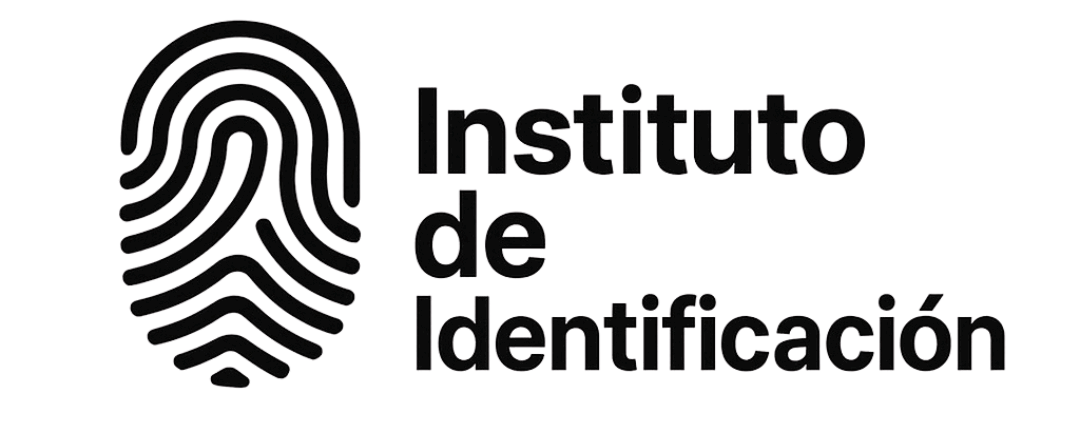Navigating the ins and outs of financial support systems can be overwhelming, especially when you’re faced with unexpected unemployment.
The DSP – Jobseeker’s Allowance is a vital resource for many, yet understanding its intricacies is often a challenge.
In our other articles, we explain everything you can do with this essential benefit, but here you will find the simplest and most straightforward step-by-step guide to resolving this now. Ensuring you fully understand and correctly apply for the DSP – Jobseeker’s Allowance is crucial for a smooth application process. This article provides clear, easy-to-follow instructions, helping you make the most of the support available.
What you will find in this article
- What Is Jobseeker’s Allowance and Who Can Claim It?
- How Much Can You Receive Per Week in 2025?
- Required Documents and Eligibility Criteria
- Step-by-Step: How to Apply for Jobseeker’s Allowance Online
- How to Report Changes in Employment or Income
- What to Do If Your Application Is Delayed or Rejected
Understanding the DSP – Jobseeker’s Allowance is essential for anyone living in Ireland who might find themselves unemployed or needing financial support. By reading through this article, you’ll gain valuable insights into who qualifies for this allowance, how much you can expect to receive, and how to apply accurately to maximize your chances of approval.
What Is Jobseeker’s Allowance and Who Can Claim It?
The Jobseeker’s Allowance is a payment made by the Department of Social Protection (DSP) for those who are unemployed and meet specific criteria. It is designed to provide financial support during gaps in employment, helping individuals manage their living expenses while seeking new job opportunities.
- Eligibility: Generally, you must be between 18 and 66 years old, actively seeking work, and capable of work.
- Residency: Must be a resident of Ireland and have been living in the country for a certain period.
- Contribution Requirements: Your entitlement may depend on your previous PRSI contributions.
- Commitment: You need to demonstrate that you are genuinely seeking employment, participating in job-seeking activities as required.
Remember, anyone can find themselves unexpectedly unemployed, and seeking support is a step towards stability.
How Much Can You Receive Per Week in 2025?
The amount you receive from the Jobseeker’s Allowance can vary based on several factors. Here’s a general breakdown:
- Basic Rate: The base rate for a single adult might be adjusted periodically. As of 2025, anticipate around €220 per week, though this is subject to change.
- Additional Allowances: You may receive extra if you have dependents such as children or an adult dependent partner.
- Age Considerations: Different rates apply depending on whether you are under or over 25 years old.
These figures are not fixed; staying updated with DSP announcements helps you understand how much support is available for your circumstances.
Required Documents and Eligibility Criteria
Proper documentation and meeting eligibility criteria are crucial to a successful application for the Jobseeker’s Allowance. Make sure you have:
- Personal Identification: A valid passport or national ID card.
- Proof of Address: Recent utility bills or rental agreements in your name.
- Social Security Number: Required for record-keeping and processing.
- Previous Employment Details: P45 form, pay slips, or statements from your past employer.
- Bank Account Details: To facilitate the payment transfer.
Meeting these criteria ensures your application process is smooth and reduces the risk of delays.
Step-by-Step: How to Apply for Jobseeker’s Allowance Online
Applying online is the most efficient way to submit your Jobseeker’s Allowance application:
- Visit the DSP Website: Access the official DSP site and navigate to the Jobseeker’s Allowance section.
- Create an Account: If you don’t have one, set up a MyWelfare account.
- Complete the Application Form: Fill in your personal, employment, and bank details carefully.
- Upload Documents: Use the upload feature to attach copies of your required documents.
- Review and Submit: Double-check your application for accuracy.
- Confirmation: After submission, you’ll receive a confirmation email with the reference number for your application.
This approach is efficient and often faster than the paper-based route.
How to Report Changes in Employment or Income
Life changes, and so can your employment status or income levels. Here’s how to keep DSP updated:
- Online Updates: MyWelfare account allows you to update your employment status directly.
- Regular Communication: Notify DSP promptly about any changes to avoid overpayments.
- Supplementary Documentation: Provide proof of new employment or income changes as needed.
This ensures you remain compliant and avoid any financial discrepancies.
What to Do If Your Application Is Delayed or Rejected
If your Jobseeker’s Allowance application is delayed or rejected, consider the following steps:
- Contact DSP: Reach out to inquire about the delay or reason for rejection.
- Review Application: Analyze your submission for errors or missing information.
- Provide Additional Information: Submit any additional documents if requested.
- Appeals Process: If you believe the rejection was incorrect, you can appeal the decision.
Delays or rejections can be frustrating, but knowing the right steps to take can lead to a successful outcome.
👉 DSP – State Pension Eligibility and Guide
In Conclusion
Understanding and applying for the DSP – Jobseeker’s Allowance doesn’t have to be daunting. With this guide, you now have the tools to navigate the process efficiently, ensuring you benefit from the support available during periods of unemployment.
Now that you know how to proceed, the next step is to explore more about financial supports, like the state pension, designed to help you navigate life’s challenges.
